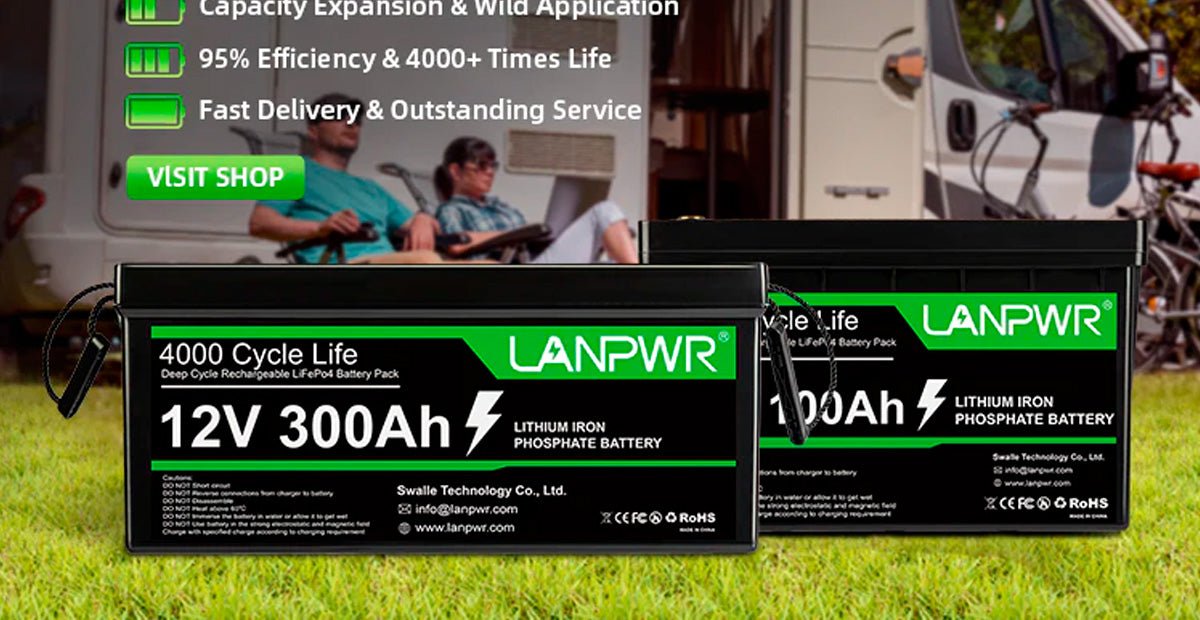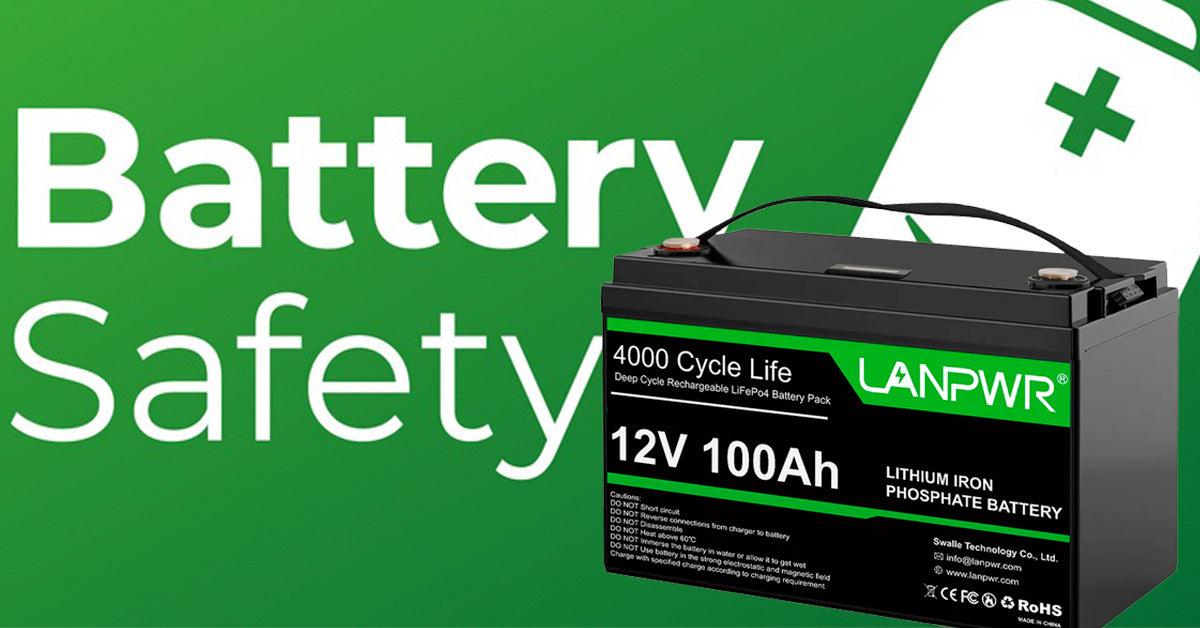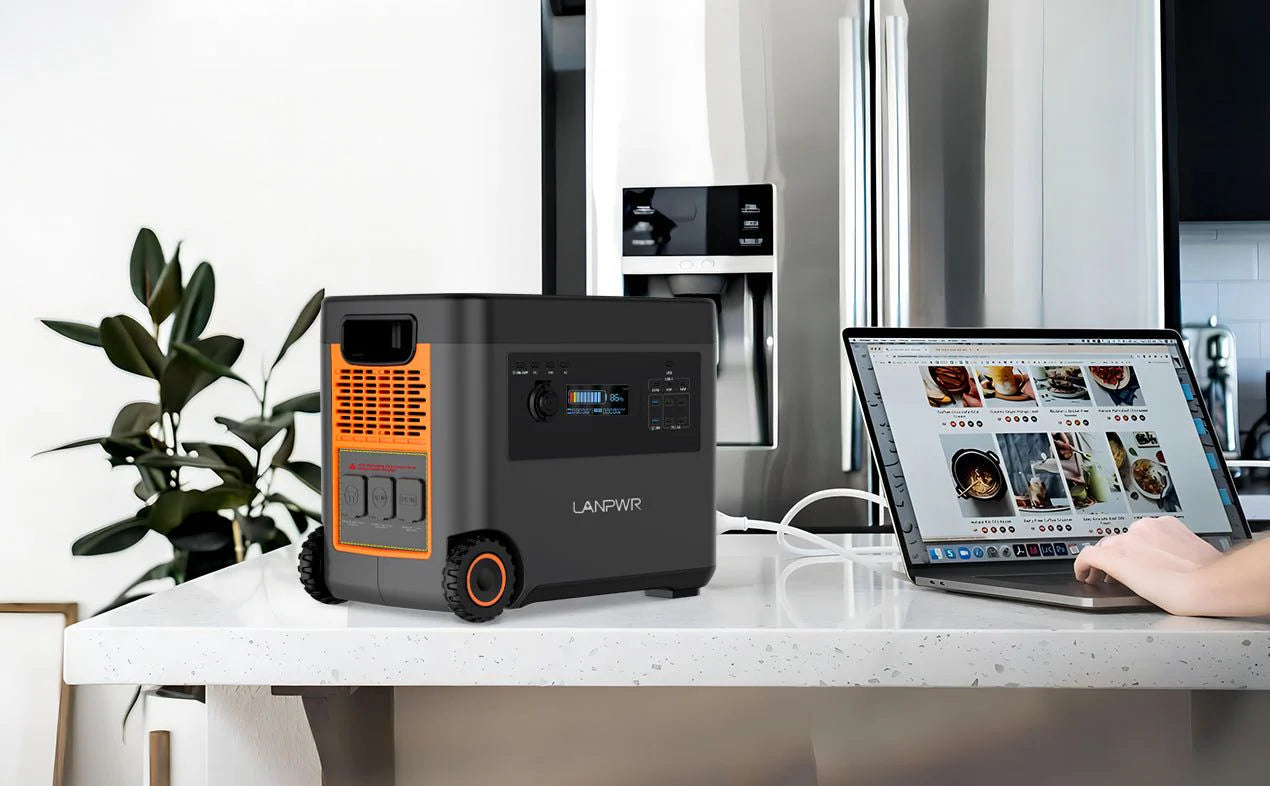In an era where independence from traditional power grids is increasingly viable and desirable, selecting the appropriate battery technology is crucial for anyone considering off-grid living. LiFePO4 batteries, known for their robustness and efficiency, offer a compelling choice for such setups. This guide analyzes their attributes, associated costs, and overarching benefits, positioning them as a top contender for off-grid energy storage solutions.
Basics of Off-Grid Energy Storage
Understanding Off-Grid Energy Systems
Off-grid energy systems are autonomous setups that operate independently from municipal energy services. These systems often harness renewable energy sources, such as solar panels or wind turbines, to produce electricity. Living off-grid can significantly reduce dependency on conventional energy sources, cutting utility bills and minimizing carbon footprints. Achieving this independence, however, requires a reliable energy storage solution to counter the intermittent nature of renewable sources and ensure consistent power availability.
Living off-grid involves managing the energy produced to sustain daily needs regardless of external supply. The autonomy provided by these systems allows for greater control over one's environmental impact and long-term sustainability. However, the challenge lies in ensuring that energy availability aligns with demand, where effective storage solutions are critical.

Role of Batteries in Off-Grid Energy Systems
Batteries are crucial in off-grid systems, storing surplus energy produced during peak conditions. This energy is later used in periods of low production, such as nighttime for solar panels or calm days for wind turbines. Effective battery storage systems enhance energy independence by allowing off-grid systems to operate smoothly, regardless of external conditions.
The functionality of these batteries ensures that energy is not only stored but is readily available when production from renewable sources is not possible. This consistent and reliable energy supply is critical to maintaining an off-grid lifestyle, as it prevents disruptions that could occur due to energy shortages, making battery selection a pivotal aspect of off-grid living.
Introduction to LiFePO4 Batteries
What are LiFePO4 Batteries?
LiFePO4 batteries are a subgroup within the lithium-ion battery family, distinguished by their lithium iron phosphate chemistry, which enhances safety and stability. This composition provides several advantages over traditional lithium-ion batteries, including a lower risk of overheating and a longer life cycle. Their stability is precious in off-grid settings where safety and reliability are paramount.
LiFePO4 batteries' robustness makes them ideal for use in a variety of environmental conditions. They significantly reduce the risk of thermal runaway, a common concern in other battery types. This safety feature is crucial for remote installations where professional maintenance is unavailable.
Advantages of LiFePO4 for Off-Grid Applications
LiFePO4 batteries excel in energy efficiency and discharge characteristics, which are crucial for maximizing the utility of captured energy in off-grid systems. They can deeply discharged without significant degradation, offering more usable energy per charge cycle than other types of batteries. Additionally, their durability in diverse climatic conditions and low maintenance needs make them ideal for remote, autonomous energy systems.
These batteries are not just about storing energy; they ensure that every watt produced by your renewable sources is used efficiently. High usability and minimal maintenance make LiFePO4 batteries appealing to those seeking reliable off-grid energy solutions.
LiFePO4 vs AGM Batteries
Comparatively, LiFePO4 batteries offer several improvements over AGM (Absorbed Glass Mat) batteries, such as a longer lifespan, greater depth of discharge, and a better return on investment. While AGM batteries may have a lower initial cost, their shorter lifespan and higher maintenance needs ultimately render LiFePO4 batteries more economical. This subchapter delves into these differences, providing a detailed cost-benefit analysis to help potential users make informed decisions.
The economic aspects of choosing LiFePO4 over AGM batteries are significant, particularly in long-term energy planning. Understanding these differences is crucial for anyone considering off-grid living, as they affect the feasibility and sustainability of their energy systems.
Critical Aspects of LiFePO4 Batteries
Battery Capacity and Size
Choosing the suitable capacity and size for a LiFePO4 battery ensures that your energy storage matches your consumption needs. This process involves assessing your typical power usage in watt-hours and selecting a battery that efficiently meets this demand. The correct battery size optimizes the energy system's performance, ensuring all produced energy is effectively utilized, reducing waste, and enhancing overall system efficiency.

The strategic selection of battery size and capacity is pivotal, as it directly influences the efficiency and effectiveness of the energy storage system. Proper sizing not only helps manage energy more effectively but also ensures that the system can handle peak loads without any hiccups, making it a critical decision in the setup of off-grid systems.
Installation Requirements
The installation of LiFePO4 batteries can range from straightforward setups that an adept DIYer can manage to more complex arrangements requiring professional installation. Essential components, such as a battery management system (BMS), are critical to protect the battery from overcharging and deep discharges, extending its lifespan and ensuring safe operation. This subchapter offers comprehensive guidance on the installation process, underlining the importance of proper setup to maximize the battery’s effectiveness and lifespan.
Correct installation is crucial for achieving optimal performance and longevity from LiFePO4 batteries. This section guides the setup process and highlights the importance of understanding the technical aspects, ensuring that users can maintain their systems efficiently and safely.
Costs Associated with LiFePO4 Batteries
Upfront Costs
The initial cost of LiFePO4 batteries is typically higher than that of other types of batteries, but this investment is balanced by their long-term reliability and low operational costs. Factors influencing the upfront cost include the battery's capacity, technological advancements, and the inclusion of integrated components like a built-in BMS. Understanding these factors helps users anticipate the initial expenses and plan their budgets effectively.
While the upfront cost might seem daunting, it's essential to consider the long-term benefits of these batteries. The investment contributes to a more stable and reliable energy system and ensures lower maintenance and replacement costs in the future.
Long-Term Savings
LiFePO4 batteries can generate substantial savings throughout their lifespan. These benefits arise from the battery's extended operational life, reduced maintenance needs, and higher energy storage and output efficiency. For off-grid systems, where long-term reliability and performance are crucial, the return on investment for LiFePO4 batteries can be significantly higher than for traditional battery types.
The economic benefits of investing in LiFePO4 batteries become more apparent when considering the total cost of ownership. These savings are critical for off-grid systems, where every dollar saved contributes to greater energy independence and sustainability.
Lifespan and Replacement
LiFePO4 batteries are renowned for their durability, typically outlasting conventional lead-acid batteries significantly. This extended lifespan reduces the frequency of replacements and lessens the long-term environmental impact of battery disposal. This subchapter discusses the expected lifetime of these batteries under various operational conditions and provides insights into recognizing signs of aging and determining when replacement is necessary.
LiFePO4 batteries' durability is a major advantage, particularly in off-grid setups where frequent maintenance or replacement is not feasible. Understanding the factors that influence the lifespan of these batteries helps users plan for the future and ensures the sustainability of their energy systems.
Maintenance and Care for LiFePO4 Batteries
Routine Maintenance Practices
Despite their ruggedness, LiFePO4 batteries require essential maintenance to operate optimally. Regular cleaning and inspection are necessary to ensure connections are secure and corrosion-free. This subchapter provides a detailed checklist of maintenance tasks that, when performed regularly, can significantly prolong the battery's practical life and enhance its performance.
Regular maintenance is not just about preventing problems; it's about optimizing performance and ensuring the battery's longevity. This proactive approach to battery care can prevent minor issues from becoming major problems, thereby preserving the integrity and efficiency of the energy system.
Troubleshooting Common Issues
Even with diligent maintenance, issues may arise with any technology. Identifying problems early—such as reduced capacity or power output anomalies—and understanding how to address them is crucial for maintaining the system’s reliability and efficiency. This section provides troubleshooting steps and advises when it is wise to seek professional help.
Troubleshooting is an essential skill for anyone managing an off-grid system. This knowledge not only helps keep the system running smoothly but also prevents potential failures that could interrupt the energy supply. The guidance provided in this subchapter aims to empower users to handle minor issues themselves while recognizing when expert intervention is necessary.
Integrating LiFePO4 Batteries with Renewable Energy Sources
Solar and Wind Energy Pairing
Integrating LiFePO4 batteries like these from LANPWR with solar and wind systems can significantly enhance the efficiency and reliability of an off-grid energy system. This integration involves the physical setup and the configuration of energy management systems to optimize the storage and discharge cycles based on typical energy usage patterns and environmental conditions.
The synergy between LiFePO4 batteries and renewable energy sources is crucial for maximizing the potential of off-grid systems. Proper integration ensures that energy is produced and stored efficiently, making sustainable living more practical and accessible.
Off-Grid Renewable Energy Trends
Advancements in technology continually improve the performance and affordability of off-grid systems. Current trends in battery technology, coupled with innovations in renewable energy sources, are making sustainable off-grid living more accessible than ever. This subchapter explores these trends and predicts future developments in the field.
Staying informed about the latest trends and developments is essential for anyone involved in off-grid living. These insights help in making informed decisions about equipment and setup and understanding the broader shifts in the energy landscape that could affect their energy independence.
Conclusion
LiFePO4 batteries represent a wise investment for anyone committed to developing a reliable and sustainable off-grid energy system. Their robust performance guarantees reliability in diverse conditions, ensuring energy needs are consistently met without frequent replacements. The significant long-term savings stem from their extended lifespan and efficiency, reducing the cost of replacements and maintenance. Furthermore, the minimal environmental impact of these batteries makes them a superior choice for those conscious of their ecological footprint, promoting a greener and more sustainable lifestyle.
Choosing LiFePO4 batteries means investing in technology that stands the test of time and aligns with eco-friendly principles. Their ability to withstand high temperatures and deep discharge cycles makes them ideal for long-term deployments in varied environmental settings. This durability, combined with their non-toxic and recyclable components, positions them as pivotal elements in the transition towards sustainable living. They offer a practical solution for those looking to reduce their environmental impact while maintaining energy reliability.
The shift to off-grid living with LiFePO4 batteries promises a sustainable lifestyle and ensures energy independence. This transition to renewable energy storage solutions offers a dependable power supply, making it ideal for remote or rural areas where traditional power infrastructure may be lacking or unreliable. For those ready to take this step, further information, resources, and expert guidance are just a click away. Engaging with comprehensive buying guides and resources allows individuals to understand the nuances of LANPWR LiFePO4 technology and how it can be tailored to meet specific energy requirements.














Leave a comment
This site is protected by hCaptcha and the hCaptcha Privacy Policy and Terms of Service apply.